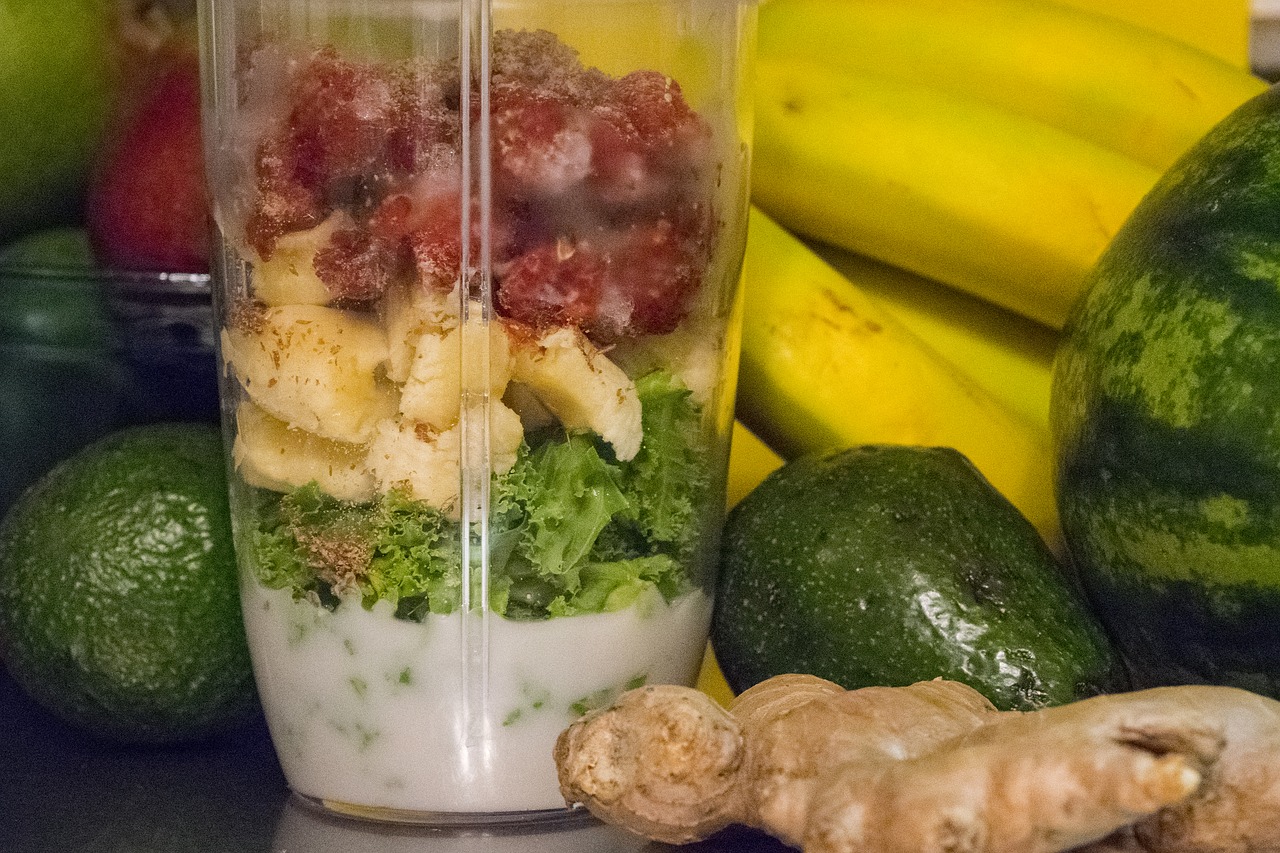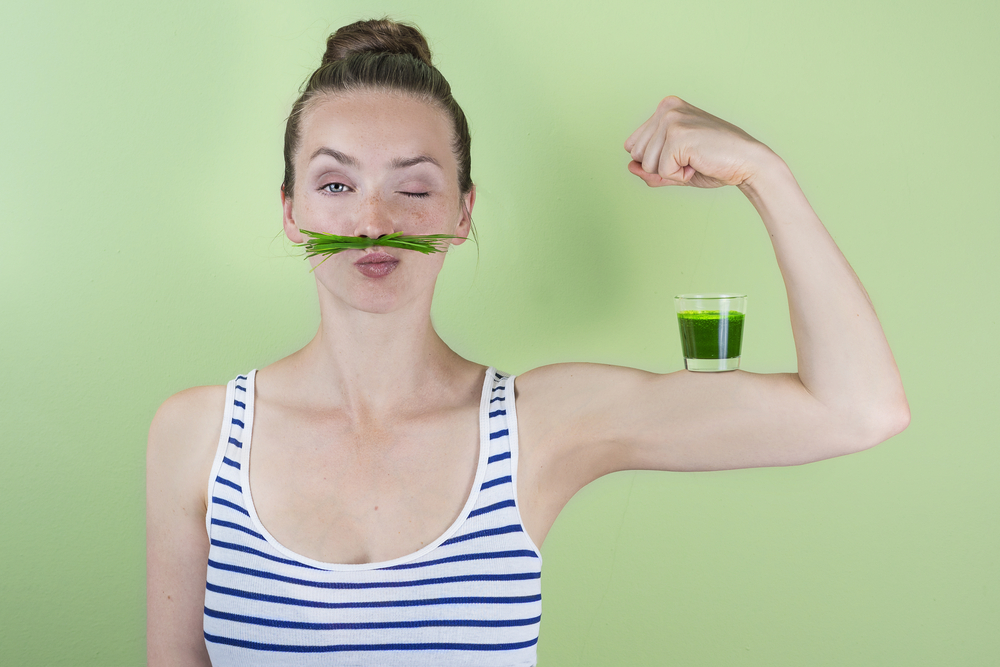
If you are new to juicing, or if you are an experienced juicer, it helps you to keep in touch with Environmental Working Group. Their website is http://www.ewg.org.

The Dirty Dozen list, compiled by the Environmental Working Group (EWG), highlights fruits and vegetables with the highest levels of pesticide residues. Juicing with these produce items without proper cleaning or choosing organic options can introduce significant pesticide levels into your diet. Here’s a look at how using these fruits and vegetables in juicing recipes could potentially go wrong if not handled correctly:
The Dirty Dozen List (2023)
- Strawberries
- Spinach
- Kale, Collard, and Mustard Greens
- Peaches
- Pears
- Nectarines
- Apples
- Grapes
- Bell and Hot Peppers
- Cherries
- Blueberries
- Green Beans
Common Issues with Juicing the Dirty Dozen
- Pesticide Residue:
- Problem: High levels of pesticides can lead to health issues over time, including hormone disruption and increased cancer risk.
- Solution: Always wash produce thoroughly or opt for organic versions of these items.
- Taste Issues:
- Problem: Pesticides can sometimes affect the taste, making the juice bitter or unpleasant.
- Solution: Using a blend of different fruits and vegetables can mask any off-tastes, but the best approach is to use pesticide-free produce.
- Health Risks:
- Problem: Long-term exposure to pesticides can pose significant health risks.
- Solution: Regularly detoxify your body and be mindful of where you source your produce.
Best Practices for Juicing with the Dirty Dozen
- Wash Thoroughly: Use a mix of water and vinegar to clean your produce.
- Peel When Possible: Removing the outer layer can help reduce pesticide exposure.
- Buy Organic: Opt for organic produce whenever possible.
- Diversify Your Ingredients: Reduce reliance on high-pesticide fruits and vegetables by incorporating a variety of other produce.
Example of a Juicer Recipe Gone Bad
Recipe: Spinach and Kale Detox Juice
- Ingredients: Spinach, kale, apple, lemon, ginger
- Issue: High pesticide residue on spinach, kale, and apple can introduce harmful chemicals.
- Solution: Replace with organic spinach, kale, and apple or substitute with lower-pesticide alternatives like carrots or cucumbers.
Safe Juicing Alternatives
- Low-Pesticide Fruits and Vegetables:
- Avocados
- Sweet corn
- Pineapple
- Onions
- Papayas
- Sweet peas (frozen)
- Eggplants
- Asparagus
- Kiwi
- Cabbage
- Cauliflower
- Mushrooms
By being mindful of the Dirty Dozen list and taking steps to reduce pesticide exposure, you can enjoy healthy, delicious juices without the added risk.


![Omega vrt350hd Juicer Review [Video] Omega VRT350HD Juicer](https://www.vitaljuicedaily.com/wp-content/uploads/2015/04/Omega-VRT350HD-Juicer-150x150.jpg)


